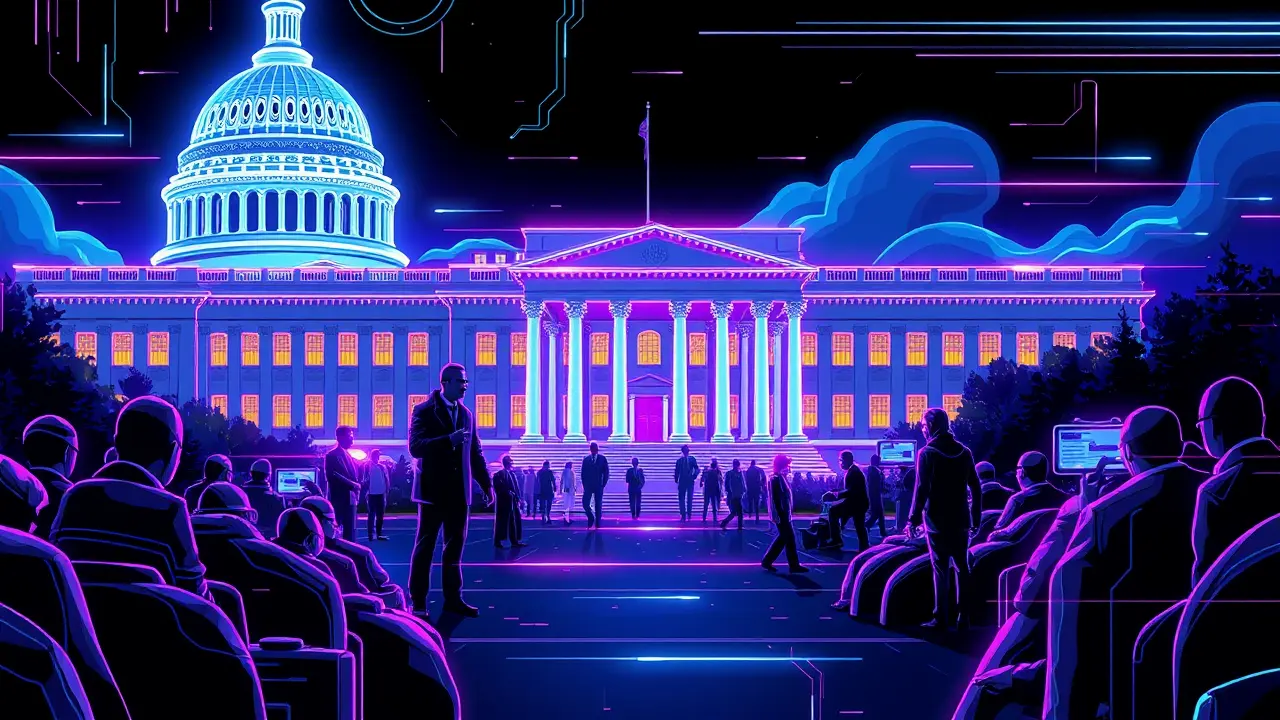
Politicsgovernments & cabinetsGovernment Formations
Record Long Government Shutdown Enters 36th Day.
RO
Robert Hayes
11 hours ago7 min read4 comments
The United States government has now entered its 36th day of a partial shutdown, a grim new record that eclipses the previous 35-day closure from the Trump administration's first term and plunges the nation into a profound constitutional and political crisis. This is not merely a bureaucratic impasse; it is a fundamental breakdown in the basic machinery of governance, echoing historical moments of legislative paralysis but unfolding with a unique and modern ferocity.The immediate human toll is staggering: hundreds of thousands of federal employees, from TSA agents to scientists, are furloughed or working without pay, their financial security evaporating as mortgage payments and grocery bills come due. Critical federal programs, including food assistance for low-income families via SNAP, are being slashed, creating a ripple effect of hardship that extends far beyond the Washington Beltway and into the heart of every American community.The stalemate, at its core, is a brutal power struggle over the future of the Affordable Care Act, with Democrats demanding a commitment to salvage expiring health insurance subsidies before they will vote to fund the government, and a recalcitrant President Trump refusing to negotiate under what he labels 'extortion. ' This current shutdown reveals a stark evolution in presidential strategy.Whereas the 2018-2019 closure was characterized by public negotiations and a eventual, albeit reluctant, presidential retreat on border wall funding, this episode finds a president largely on the sidelines, his public pronouncements limited to incendiary demands that Senate Republicans unilaterally 'nuke' the filibuster—a procedural nuclear option that would allow a simple majority to govern, a notion immediately and roundly rejected by his own party's leadership, including Senate Majority Leader John Thune, who aptly called the situation 'the most severe shutdown on record. ' Behind the scenes, a loose coalition of centrist senators from both parties, including figures like Sen.Susan Collins and Sen. Jeanne Shaheen, is engaged in frantic, behind-the-scenes talks, searching for a fragile compromise that can pass both the Democratic-controlled Senate and the Republican-controlled House, and then receive the president's signature—a tripartite agreement that seems, at present, a distant prospect.The recent off-year election results, which saw Democrats secure key gubernatorial victories, have only intensified the political calculations, injecting fresh uncertainty into an already volatile environment. The consequences of this prolonged dysfunction are escalating from inconvenient to dangerous; Transportation Secretary Sean Duffy has warned of 'chaos in the skies' if air traffic controllers, already stretched thin and working without pay, miss another paycheck.This is more than a political dispute; it is a slow-motion derailment of American administrative statecraft, a test of the nation's institutional resilience that calls to mind past constitutional crises, yet lacks the clear ideological or sectional lines that defined them. The path forward remains shrouded in mist, with Senate Democratic leader Chuck Schumer admitting his caucus is merely 'exploring all the options' as the nation holds its breath, waiting for its leaders to remember their primary duty: to govern.
#government shutdown
#record length
#federal workers
#SNAP benefits
#flight delays
#health care subsidies
#Senate negotiations
#featured
Stay Informed. Act Smarter.
Get weekly highlights, major headlines, and expert insights — then put your knowledge to work in our live prediction markets.
© 2025 Outpoll Service LTD. All rights reserved.